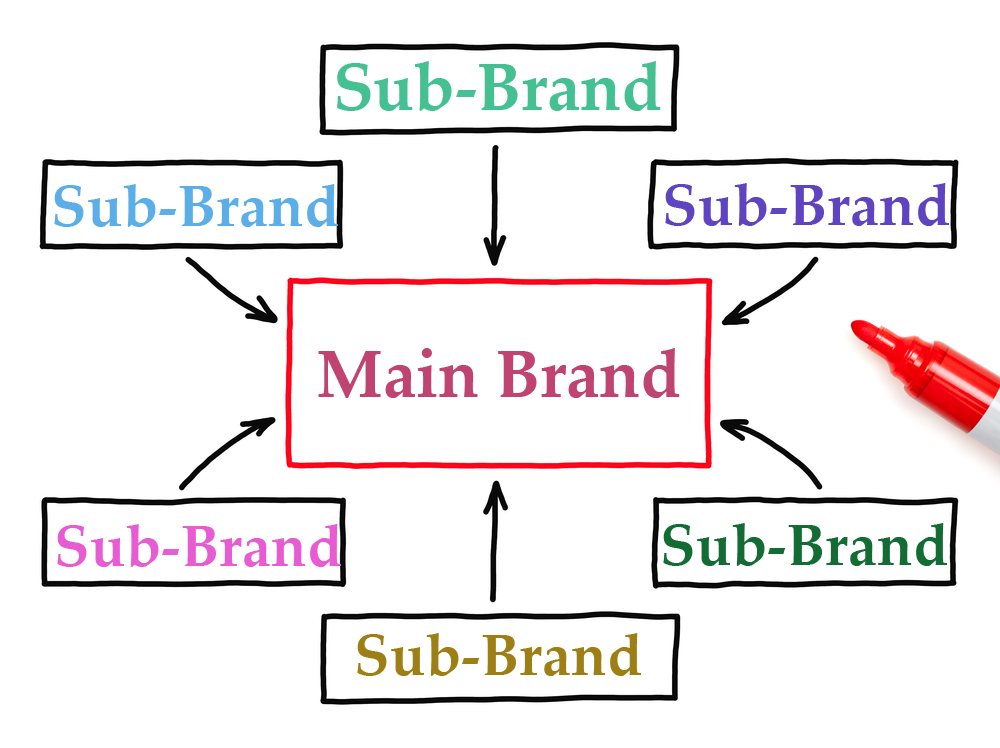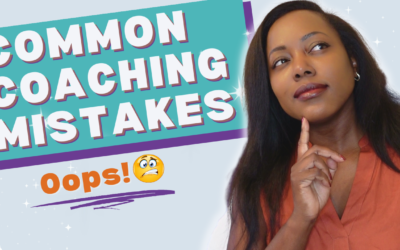As seen in The Huffington Post
 If you’re reading this post, your business or your personal brand may be at the stage in which you can scale and introduce a sub-brand(s). Congratulations! Before you debut your new efforts, there are several things to consider. I’ll show you the way through my 5 tips that you should use to create strong sub-brands.
If you’re reading this post, your business or your personal brand may be at the stage in which you can scale and introduce a sub-brand(s). Congratulations! Before you debut your new efforts, there are several things to consider. I’ll show you the way through my 5 tips that you should use to create strong sub-brands.
1. Pinpointing The Personalities
Never, never forget your target audience. Is your sub-brand for the same group as your main brand, or is this an entirely different animal? If you’re unsure, revisit the needs in which your brand and sub-brands seek to address. Do they align, or are they completely different? This will indicate whether or not you’re serving the same groups of people.
Once you know your audience, you should use this information to shape your brand and sub-brand(s) personalities. The tone and feel of your sub-brand and brands will need to match its targets and should inform your marketing efforts. Consider this: Will the story for your sub-brand be the same, or have we entered a new genre?
2. Positioning The Product
Whether the sub-brand you are introducing is a product or a new venture for your personal brand, consider its relationship to your main brand. This is where a brand architecture comes into play. Much like an organizational chart, you need to decide if your sub-brand will complement your main brand or conflict with the ideals of your main brand. If your sub-brand jibes with your main brand, you can piggyback off of your main brand’s marketing campaigns. However, if your sub-brand is freestanding, you’ll need to distinguish it as such to avoid confusing your audience(s).
Separate But Equal
Case in Point: Clorox has a single brand that has extended into different categories, including bleach, toilet bowl cleaners, and disinfecting wipes. Since the main brand and sub-brands serve the same purpose, the message and sub-branding elements (logos, packaging, etc.) can remain the same or similar to the main brand to increase familiarity with the new product.
Another Case in Point: Honda prides itself in producing reliable vehicles and uses this as part of its main brand. It also has several sub-brands that tie-in with Honda, including the Civic and Accord. The sub-brands each offer different uses and shine on their own, but they still sit visibly under the Honda umbrella.
Different Strokes for Different Folks
There may be cases in which your sub-brand doesn’t connect with the main brand and needs to stand out on its own.
Case in Point: Disney is known for its family-friendliness. When the company decided to embrace edgier, R rated films, it introduced Touchstone. While Touchstone is still under the Disney wing, it is framed as its own entity, with a different audience, goal, and appeal than Disney.
Similarly, Proctor & Gamble is known to produce several, distinct sub-brands that don’t have any affiliation with one another. The line-up includes Old Spice, Gillete, and Pampers. The company proudly states on its website, “P&G is made of many individual brands, each serving customers in different ways—but all with a focus on making peoples’ lives a little easier.” There is the core P&G mission but the execution of these sub-brands are quite unique. Now, have you ever seen the Old Spice guy with pampers in hand? Ummmm, didn’t think so.
The right positioning of your sub-brand(s) will always enhance your main brand, whether this is through an intentionally visible relationship or solely through financial gains. ~ Renée Walker
3. Connecting or Disconnecting
Whether you decide to tie-in your sub-brand or differentiate it, there are a couple of ways in which you can strategically do so. You can use traditional marketing efforts, including the creation of unique names and messages for your sub-brands. Since visuals make an immediate impact, you can breed familiarity by leveraging your existing logo to create a new or complimentary icon. Although they may be seemingly insignificant, colors and fonts should be carefully considered in this process.
Case in Point: Apple Inc. The software giant has a line-up of its ever popular services that include the iPod, MacBook, and iCloud. The names of each item were obviously carefully considered when sub-branding. In addition, the sub-brands themselves work together to create cross pollination, also know as the Halo Effect. How many times have you heard of someone, connecting their iPod to their MacBook or downloading something from the iCloud to their MacBook? Each sub-brand proudly sports the Apple icon in addition to its own goal, but the promise and personality remains the same–Think Different.
4. Explaining The Experience
With the ability to launch sub-brands, it is important to explain the experiences that each division offers. This ensures that your audience does not become confused, and the right group is served. In addition, this strategy can introduce unintended audiences to your brand(s).
Case in Point: Toyota is yet another reliable car company with its own branding for a general audience, but when it decided to enter the luxury arena, the car company introduced its prestigious line of Porsche. Have you noticed that the Toyota commercials tend to feature families conducting everyday activities, while Porsche showcases apparently successful businessmen (yes, typically men) comfortably driving its exclusive vehicle? No, it is not a coincidence. It’s all an effort to distinguish the two brand experiences.
5. Diluting No, No
While sub-branding can help with entering a new category or introducing an extension, we must take care not to dilute the main brand itself. With all these lines and messages floating about, it is important not to have conflicting appeals and/or over saturation.
Case in Point: Armani. The fashion force has several sub-brands that include its entry level A/X and its exclusive Armani Black Label. This is just two of its multiple clothing lines, each one branded with complementary logos and its signature, classic appeal. However, in recent years, Armani’s push into the mid-priced market has been criticized for “eroding its luxury image,” no longer making it seem unique and causing the company to scale back its marketing efforts.
Word To The Wise
Sub-branding can be successful if done with foresight and careful planning. All members of your business or your personal brand’s team need to understand that consistency is necessary, whether it is for each individual brand or throughout your brand architecture. This will ensure that the right story is being told to the right audience with the right purpose. Got that … right?





Start Playing BIG & Standing Out!
Get the 7 Steps to Attract Raving Fans To Your Brand.
Success! Check Your Email For Your Free Gift.
Privacy Policy: We hate SPAM and promise to keep your email address safe.